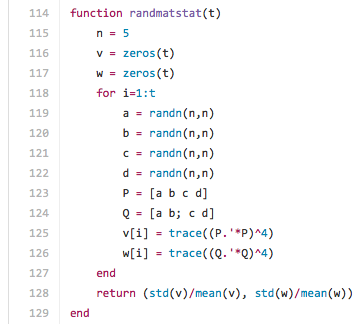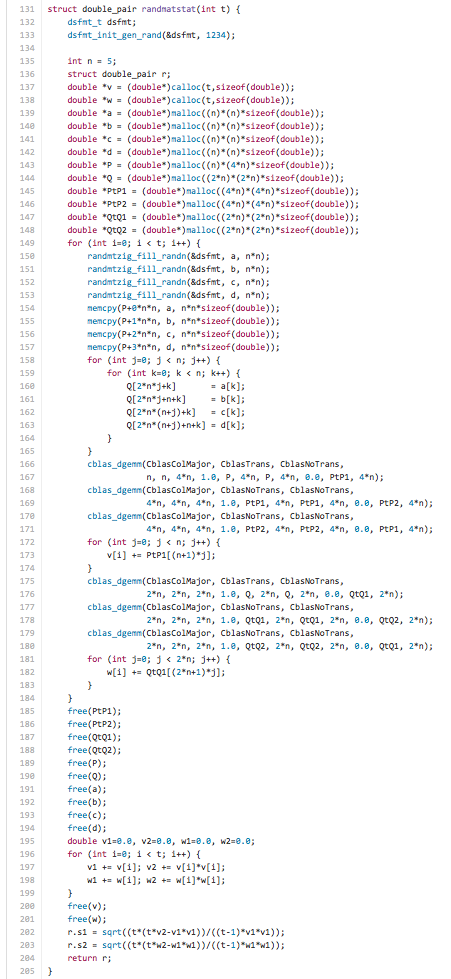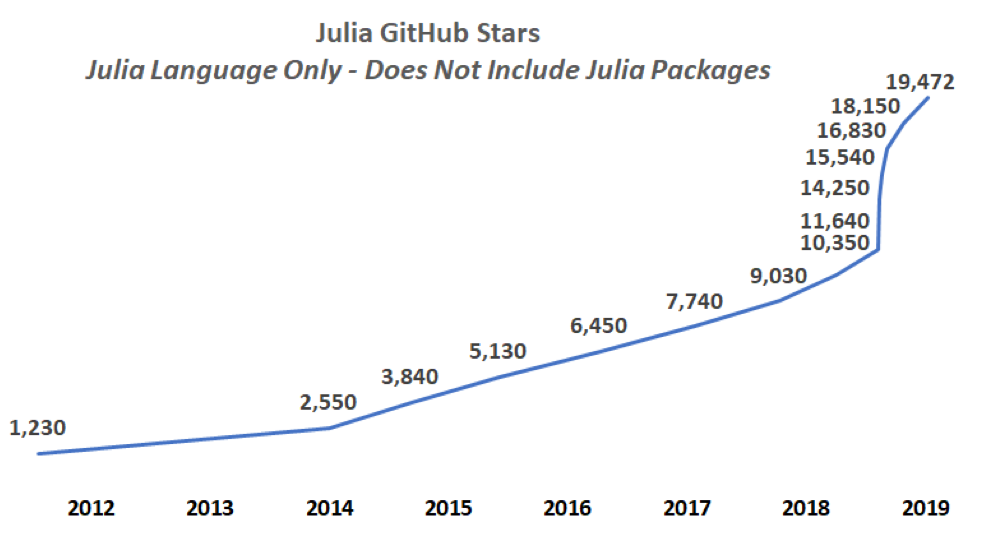State of the Art Technology
Our technology is based on state-of-the-art Artificial Intelligence, the latest in Computer Vision, sophisticated Computing Science and avant-garde Software Engineering.
Julia – futuristic software engineering, today
We use the programming language Julia to shorten the time from prototype to product. Julia combines the terse syntax of languages like Python and Matlab with the efficiency of languages like C. A program written in Julia requires less programmer effort, i.e. fewer lines of code, to yield a program of equal efficiency to a program written in C.


Julia is composable
Programs are composable; one program can be composed of other programs – like pieces in a jigsaw puzzle. Julia enables composability at a an unparalleled scale due to meta-programming features and the unique combination of multiple dispatch and Just-In-Time compilation. An example is the implementation of a machine learning library for artificial intelligence / neural networks using very few lines of code, by being composed of other Julia programming libraries, e.g. for GPU’s.
Julia is fast!
Variables in Julia have types. Types have made computer programs fast since the 1950’s and 1960’s. Surprisingly, types are absent from popular programming languages, Python and JavaScript.
Julia can execute across multiple processor threads – enabling efficient use of modern multi-core processors.

IHP Systems has been applying Julia since 2014. Julia popularity has been growing rapidly since its launch in 2012. Source: juliacomputing.com
AI for Computer Vision
We employ and develop Artificial Intelligence (AI) systems for computer vision tasks such as object detection and recognition – enabling the robots to perceive and act in a visual world.
IHP Systems have been doing machine learning systems for more than a decade; from feature engineering to current AI / Deep Learning systems based on Artificial Neural Networks.
Digital Codes for Identification and Tracking
We have developed digital coding schemes for identifying and tracking physical objects, e.g. parcels or packaging.
The codes can be written as digits and characters, but can also be printed as bar codes or QR codes, or embedded invisibly into a product design in the form of digital watermarks.
10 + 13 = 10 – 13 = 7
The codes are based on sophisticated computing science and mathematics, i.e. algebraic fields, where seemingly counter-intuitive logic like 10 + 13 = 10 – 13 = 7 protect the codes against counterfeiting and ensure reliable detection and recognition.
Clear Skies
We build on cloud computing components like Docker containers and Kubernetes, but provide all of our systems and services as cloud-free components to ensure privacy and integrity.
Open Source
Where ever possible, our systems are composed from open source building blocks – building on solid, reviewed software. We also contribute open source software to the rest of the world, including contributions to projects led by Google et al.